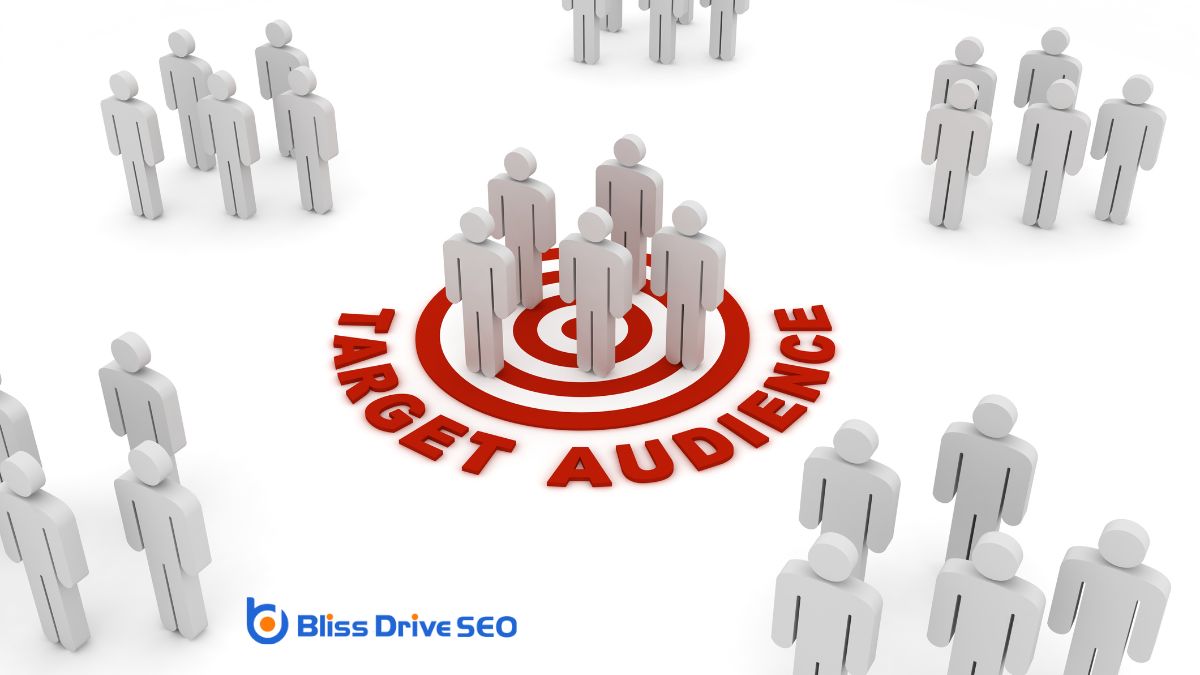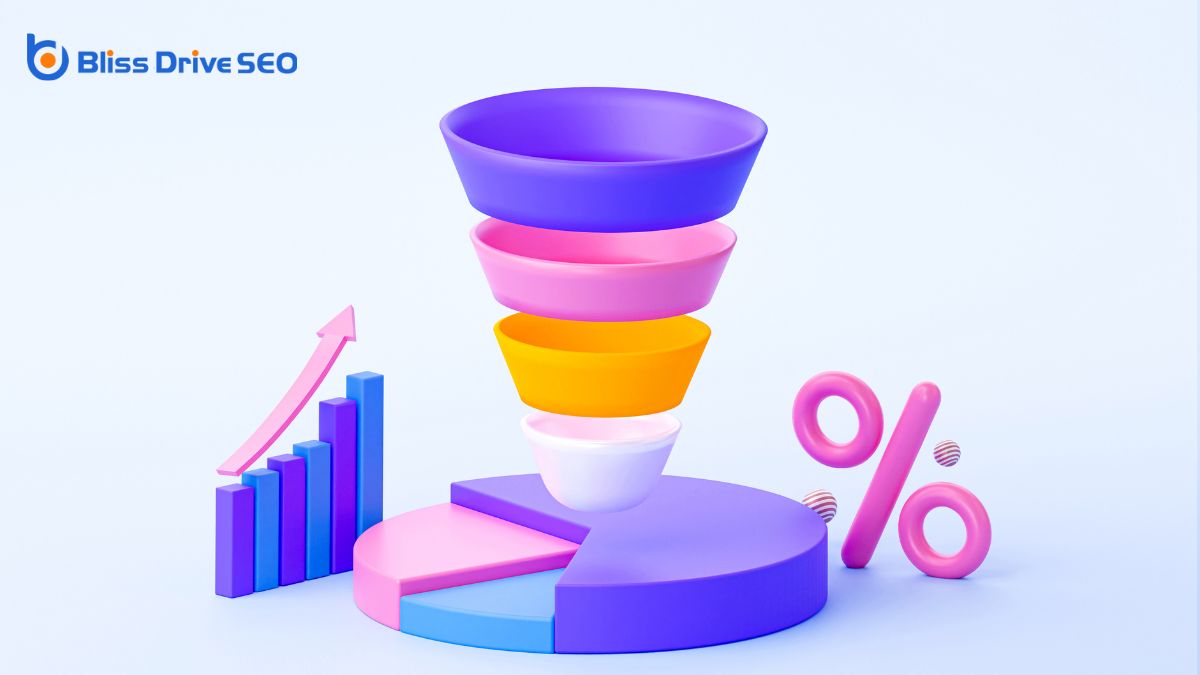Digital Marketing Services
Learn More About Us

You're probably aware that maximizing conversionThe completion of a desired action by a referred user, such as making a purchase or filling out a fo... rates is vital for business growth, but where do you start? Understanding your audience is critical; it's not just about demographics but also about their behaviors and preferences. Tailoring your message to these insights can greatly boost engagementThe interactions that users have with a brand’s content on social media.. But that's just the beginning. Have you considered how your website's navigation affects user experience or how a compelling call to action can drive results? There's more to explore, including the roles of data analyticsThe systematic computational analysis of data or statistics to gain insights and support decision-ma... and A/B testingA method of comparing two versions of a web page or app against each other to determine which one pe.... What's the next step in this strategic journey?

How well do you really know your audience? To maximize conversion rates, you need to dive deep into understanding their needs, preferences, and behaviors.
Start by analyzing demographic data, but don't stop there. Engage with them through surveys, feedback forms, and social media interactions. These tools reveal insights into what truly drives their decisions.
Observe their buying patterns and digital footprints. Are they browsing for information or ready to make a purchase? Tailor your content to answer their questions and solve their problems.
Create personas to visualize different segments of your audience. This helps in crafting personalized messages that resonate.
Knowing your audience isn't just about data; it's about empathy and connection. Understand them, and you'll effectively guide them through their journey.
To boost your conversion rates, start by simplifying your menu structure to make navigation intuitive and straightforward.
Enhance your website's search functionality so visitors can quickly find what they're looking for.
Don't forget to improve your page load speed, as faster pages keep users engaged and reduce bounce rates.
Streamlining your website's menu structure can greatly enhance user experience and boost conversion rates. When visitors land on your site, they should easily find what they're looking for without feeling overwhelmed.
A clear and concise menu helps guide them smoothly through their journey, increasing the likelihood of conversions. Here's how you can simplify your menu structure:
While a well-structured menu is essential, enhancing your website's search functionality can further optimize navigation and improve user experience. Users often prefer a straightforward search option to find exactly what they're looking for quickly.
Implement an intuitive search bar that's easy to locate on every page. Use autocomplete features to suggest popular queries as users type, guiding them directly to what they need. Guarantee your search function can handle typos and variations in phrasing by incorporating smart algorithms.
Leverage filtering options, allowing users to narrow down results based on categories or attributes. Regularly analyze search data to understand user preferences and adjust accordingly.
When your website takes too long to load, users might abandon it before they even see what you have to offerThe specific product or service being promoted by affiliates., making fast page load speed essential for optimizing navigation.
A slow site frustrates visitors, and they'll likely leave before exploring your content or products.
Here's how you can improve your page load speed:
Faster pages leadA potential customer referred by an affiliate who has shown interest in the product or service but h... to a smoother user experience, encouraging visitors to stay and engage.
How can you guarantee your calls to action (CTAs) truly resonate with your audience? Start by making them clear and direct. Use action-oriented language that sparks interest and encourages immediate response. Words like "discover," "join," or "get started" can create a sense of urgency.
Confirm your CTA stands out visually—use contrasting colors and strategic placement on your page.
Personalization is key. Tailor your CTAs to align with your audience's needs and emotions. For instance, if you're targeting budget-conscious consumers, a phrase like "Save Now" can be effective.
Lastly, keep it simple. Avoid overwhelming your audience with too many choices. A single, powerful CTA can be more effective than multiple options.
Data analytics is a powerful tool that reveals insights into user behavior and preferences. By understanding these patterns, you can make informed decisions to enhance your conversion rates.
Explore your analytics to uncover the following:
Use these insights to align your strategies with user expectations, ensuring a more successful approach.
Building on the insights gathered from data analytics, implementing A/B testing offers a dynamic way to validate your strategies and optimize conversion rates. By comparing two versions of a webpage or app, you can determine which one performs better.
Start by identifying an element you want to test—headlines, images, and call-to-action buttons. Then, create two variations, keeping everything else consistent. Run the test for a sufficient period to gather meaningful data.
Analyze the results to see which version leads to more conversions. This data-driven approach guarantees you're making informed decisions rather than relying on guesses.
A/B testing helps you understand what resonates with your audience, making it an essential tool in your conversion optimization toolkit. Remember, continuous testing leads to continuous improvement.
To truly maximize conversion rates, enhancing user experience is essential. Think about how your visitors interact with your site. Are they finding what they need quickly and effortlessly? You want to create a seamless, intuitive journey that guides users toward conversion.
Start by optimizing your website's navigation. Make everything easy to find so users don't get frustrated and leave prematurely.
Here's how to refine user experience:
To boost conversion rates, start by segmenting your target audience to tailor your messaging effectively.
Use dynamic contentEmail content that changes based on the recipient's preferences or behavior. delivery to guarantee each user sees what's most relevant to them.
Analyzing behavioral data helps you understand what resonates with your audience, allowing for more personalized and impactful content.
An effective way to boost your marketing efforts is through precise target audience segmentationDividing a social media audience into smaller groups based on specific criteria for targeted marketi.... By identifying specific groups within your audience, you can tailor your content to meet their unique needs, increasing engagement and conversion rates.
To get started, focus on these key steps:
Effective segmentationThe process of dividing a market or customer base into distinct groups with similar characteristics.... leads to a more focused and impactful content strategy.
How can you guarantee your marketing message hits the mark every time? By embracing dynamic content delivery, you ascertain each customer feels uniquely addressed.
Personalize your strategy by tailoring content to individual preferences, behaviors, and demographics. This approach transforms generic messages into engaging experiences that resonate, increasing the likelihood of conversion.
Start by using tools that allow for real-time content adaptation based on user interactionAny action taken by a user on social media, such as likes, comments, shares, or retweets.. Whether through emails, web pages, or ads, dynamic content adjusts to reflect what each user wants to see.
It's like having a conversation where you actively listen and respond to their needs.
Building on the power of dynamic content delivery, understanding your audience's behavior is key to crafting a personalized content strategy.
You need to analyze behavioral data to tailor content that resonates with your audience. Behavioral data provides insights into what your audience likes, how they interact with your content, and what drives them to convert.
Here's how you can use behavioral data effectively:
While optimizing your website, don't overlook the critical aspect of mobile responsiveness. With more users browsing via smartphones, making sure your site performs seamlessly on mobile devices is essential. You want a design that adapts smoothly to various screen sizes, providing a user-friendly experience.
If visitors struggle with navigation or slow loading times, they're likely to leave, affecting your conversion rates.
Start by testing your website on different devices and screen sizes. Use tools like Google's Mobile-Friendly TestA tool that evaluates how well a website performs on mobile devices. to identify issues. Simplify navigation and avoid large images that may slow down loading times.
Make certain buttons and links are easy to tap without zooming. Prioritize speed and functionality, creating a mobile experience that keeps users engaged. By doing so, you'll increase the likelihood of conversions.

Ever wondered what happens between a visitor landing on your site and completing a purchase? Analyzing your conversion funnels can shed light on this journey and help maximize conversion rates.
By understanding each step in the funnel, you can identify where potential customers drop off and make targeted improvements. Here's how you can get started:
With these insights, you're better equipped to boost conversions.
To maximize your conversion rates, dive deep into understanding your audience and tailor your strategies accordingly. Focus on optimizing website navigation and improving mobile responsiveness for a seamless user experience. Craft compelling calls to action and personalize your content to engage users effectively. Use data analytics to monitor behavior, and don't shy away from A/B testing to refine your approach. Continuously analyze conversion funnels to identify areas for improvement and guarantee your strategies are always evolving.
